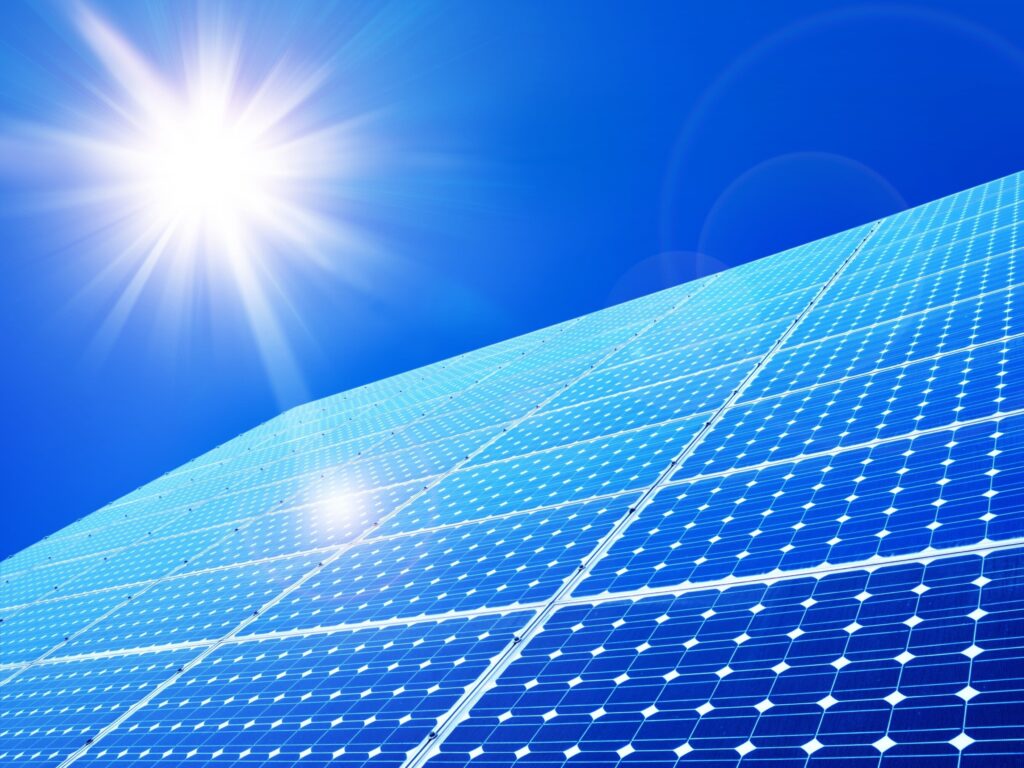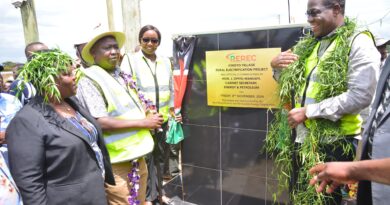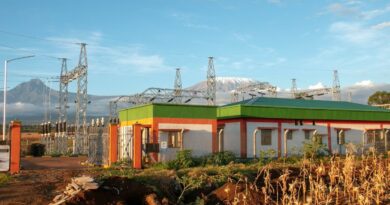Developer to build Kenya’s second largest solar plant in Laikipia

A private developer is seeking to construct a 50MW solar power plant at Rumuruti in Laikipia County, which would be Kenya’s second largest when completed.
The proposed Umoja Solar Power Plant is set to be developed by UNIT 2HA Investment Energy Africa and will occupy 3,000 acres of land some 10km from Rumuruti Municipality off the Rumuruti – Nanyuki Road.
The project is estimated to cost Ksh155.47 million to build, according to an Environmental and Social Impact Assessment (ESIA) study commissioned by the developer.
The ESIA was submitted to the National Environment Management Authority (NEMA) and is a legal requirement in line with the Environmental Management and Coordination Act, Environmental Impact Assessment and Audit Regulations of 2003 and their respective amendments.
According to the ESIA, the land on which the project will be developed has capacity to accommodate 600MW of solar power plants.
“The proponent intends to develop a 50MW solar plant on 3,000 acres of land to the East of Pesi River. The proposed project will mainly comprise of the solar yard hosting solar modules/ panels and transmission infrastructure, offices, stores, staff housing and security infrastructure,” says the report.
There are already two high voltage electricity transmission line traversing the land; 400kv and 220kv, running from Rumuruti substation to Nanyuki.
“The project is expected to contribute to the overall plan to enhance power supply in Kenya. The proponent will obtain the requisite permits and licenses to generate and transmit power in accordance with the legal framework in Kenya,” adds the report.
If completed, the plant will become the country’s second largest solar power station only behind the 54.65MW Garissa Solar power plant, which was developed by the Rural Electrification and Renewable Energy Corporation (REREC).
KenGen, the largest power producer is Kenya, is also targeting to build a floating 42.5MW solar plant on its Seven Forks Scheme dams. Other major solar plants in the country include Selenkei, Alten, Malindi and Cedate, all which have an installed capacity of 40MW.
Solar is rapidly rising as a major source of energy fed to the grid in Kenya as well as captive power. However, the fact that it is only available during the day makes it an unviable source during the evening when power demand peaks. This is however likely to change in the coming years as the technology for grid-scale Battery Energy Storage Systems (BESS) continue to drop.
As part of efforts to capture solar power for use during the night, the Kenyan government is exploring making it mandatory for new solar and wind power projects to be built together with storage units to facilitate supply when weather conditions are poor.
info@theeenergyreview.com
Discover more from THE ENERGY REVIEW
Subscribe to get the latest posts sent to your email.


